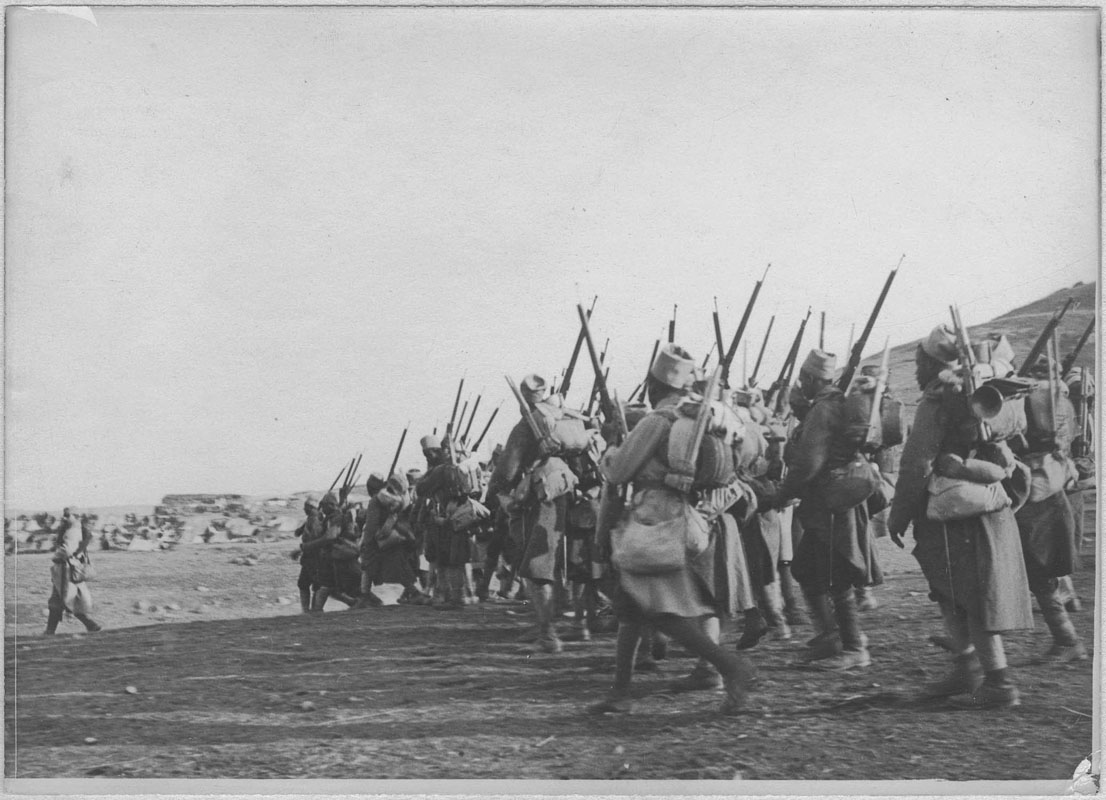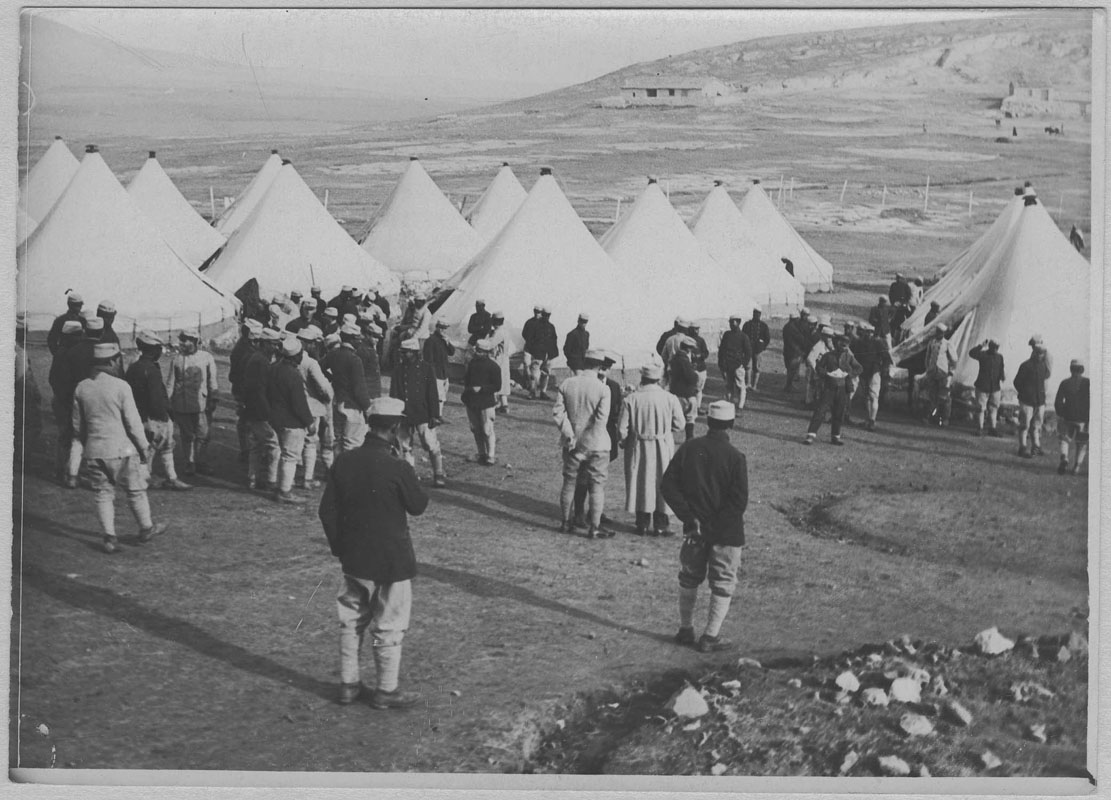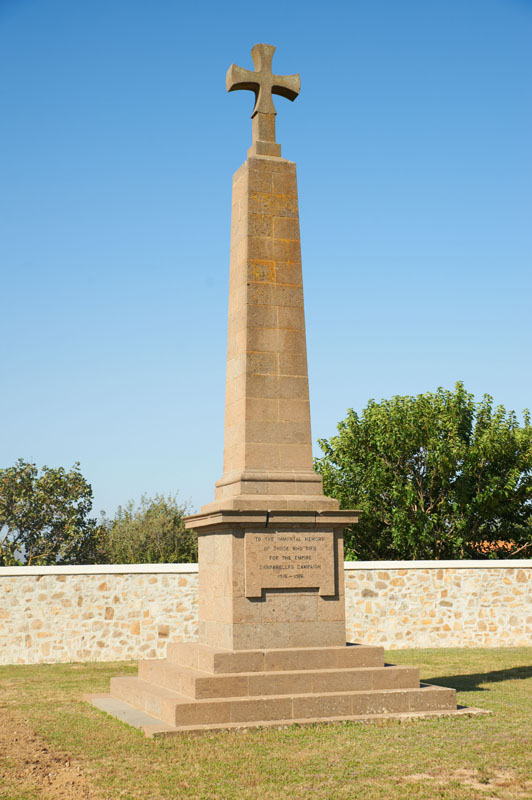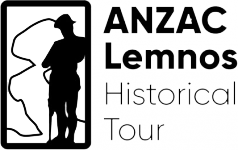The ANZAC in Lemnos
The ANZAC (Australian and New Zealand Army Corps) Expeditionary Force was created to encourage Australia to take an active part in World War I at the side of Great Britain and the other Entente powers. Australia and New Zealand had sided with Great Britain since the very first days of the war, as had also Canada and the other former colonies, and they wished to send an expeditionary force to fight alongside the British in Europe. The first troops departed from Australia to Egypt, where they arrived in November 1914, and they had initially undertaken the task of guarding the Suez Canal.
Lord Kitchener, Secretary of State, called for the establishment of an Australian and New Zealand Expeditionary Force (ANZAC), which, alongside the Canadian one, would be used for military operations together with the British Army. General William Berdwood was appointed commander of the British Indian Army, which arrived in Egypt on December 21 and took command of it. They were organized into two divisions, the Australian one and the New Zealand one.
The first Anzacs arrived in Lemnos on March 4, 1915, to be trained in Moudros bay on the techniques of disembarking and occupying the fortifications of the Dardanelles Strait.
During their stay in Lemnos, they were constantly doing naval exercises and establishing facilities on the sidelines. The first facilities, of both infantry and supporting forces, (eg hospitals) are located in the area of Moudros.


They boarded the British sea transport and military boats from there and on April 25 they landed in the bay, later known as Anzac Gulf. The Australians fought for many months in Gallipoli at the battles of Sair Bair, Krithia, Lone Pine, and Chunuk Bair. Their opponent was the 19th Division of the Ottoman Army commanded by Mustafa Kemal. The losses of Australia are estimated at 26.111 soldiers and officers while the ones of New Zealand are at 7,500, who are buried in several cemeteries in the Gallipoli Peninsula.
The last Australians to leave the Gallipoli Peninsula were the ones of the 10th Anzac Battalion that arrived in Lemnos on December 22, 1915, to rest at the Anzac camp in Sharpe. Essentially, Lemnos played the role of the rearguard during the whole Gallipoli campaign. The Australians relocated their hospitals and ancillary units to the Portianou Peninsula and they set up facilities to support both the hospitals and the camps in the area. The Anzacs departed from Lemnos to Alexandria, Egypt on January 13, 1916.
Some Australian units were to be used on the Middle East front until the end of the war. A much larger force was transferred to Europe for them to fight alongside the British on the Western Front in March 1916 until the end of the war. They took part in the battles of Sommes, Bullecourt, Messines, and in the third battle of Ypres while they faced the summer attack of the Germans in 1918 and suffered heavy losses. In the last days of the war, about 180,000 soldiers and officers were serving in ANZAC, while their death toll had reached 60,000.
Commemorations
In the memory of the fighters, injured, and dead members of ANZAC from Australia and New
Zealand, the two countries established April 25, the day that the landings began in 1915, as
ANZAC Remembrance Day, known as Anzac Day. On this day, many events take place in all
the cities of both states, and it is considered a national anniversary, considering that until
1915 the inhabitants of these two countries had not taken part in another war conflict.
Anzac Day is also observed in the Cook Islands, Niue Island, Samoa, and Tonga. Major
commemorations take place at the allied cemeteries in Gallipoli, Turkey.
Since 1998, similar events have also started in Lemnos, on the initiative of Lemnian
immigrants from Australia. Local authorities, the ambassadors of Australia, New Zealand,
England, India, and other countries, whose soldiers are buried in the two allied cemeteries,
participate in the events.
Despite the tragic end of the campaign, the Australians and New Zealanders left with good
memories of Lemnos because of the good behavior of the residents. These memories later
helped the smooth integration of the Lemnian immigrants in Australia. In memory of the life
on Lemnos, the name Lemnos was given to a suburb in the state of Victoria.
An Australian Memorial at the entrance to Moudros harbor has been erected as a small
tribute to the "Heroes of Lemnos" and the strong cultural and historical ties between
Australia and Greece. Moreover, the two roads leading to the allied cemeteries of Moudros
and Portianos have been named "ANZAC Road".

Timeline
Learn about the most important historical events, placed in time.
